Optimal Timing for Water Treatments
Water treatments are essential for maintaining water quality and ensuring the safety of drinking water supplies. Proper timing of treatments can optimize effectiveness and prevent issues such as scaling, corrosion, or microbial growth. Understanding seasonal and environmental factors helps determine the most suitable periods for implementing water treatment protocols.
Spring and early summer are ideal for water treatments to address increased biological activity and water demand.
Water treatment effectiveness varies with temperature; treatments are often most effective when water is at moderate temperatures.
Treatments are best scheduled during periods of low water usage to allow for proper distribution and absorption.
Aligning treatments with maintenance schedules ensures optimal system performance and longevity.
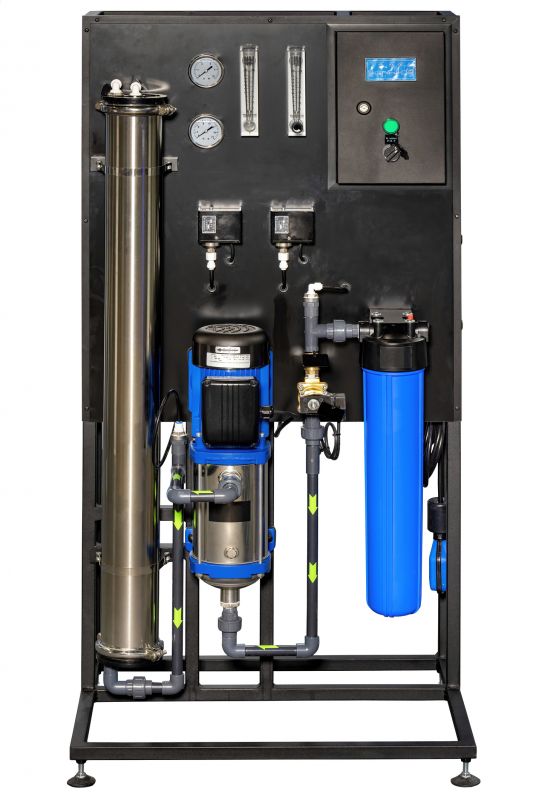
Illustration of water treatment stages including filtration and disinfection.
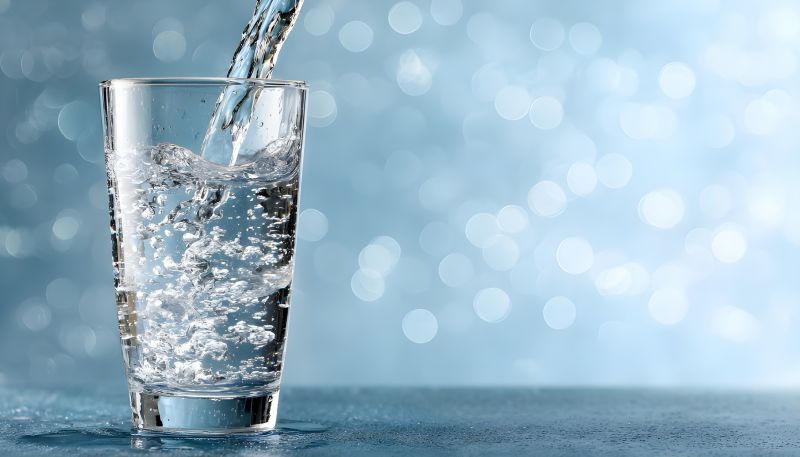
Image showing chemical application for water treatment.
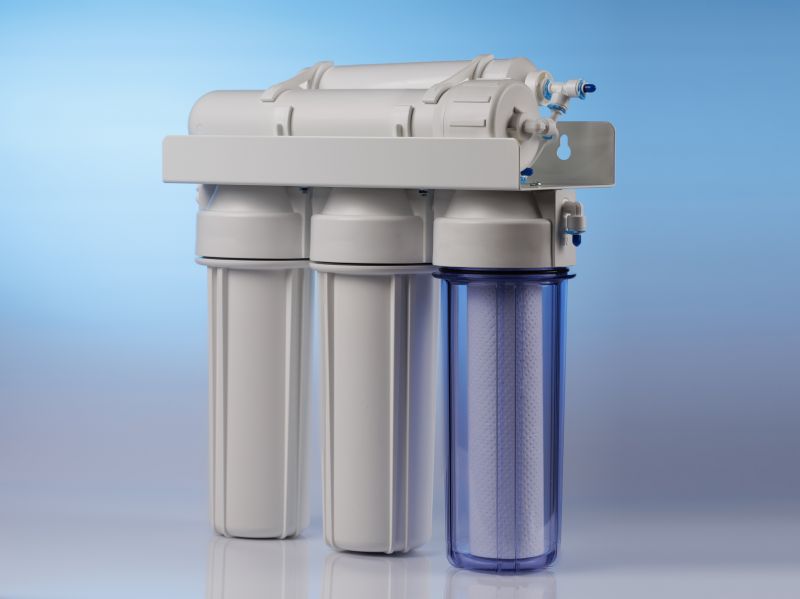
Diagram of filtration equipment used in water treatment.
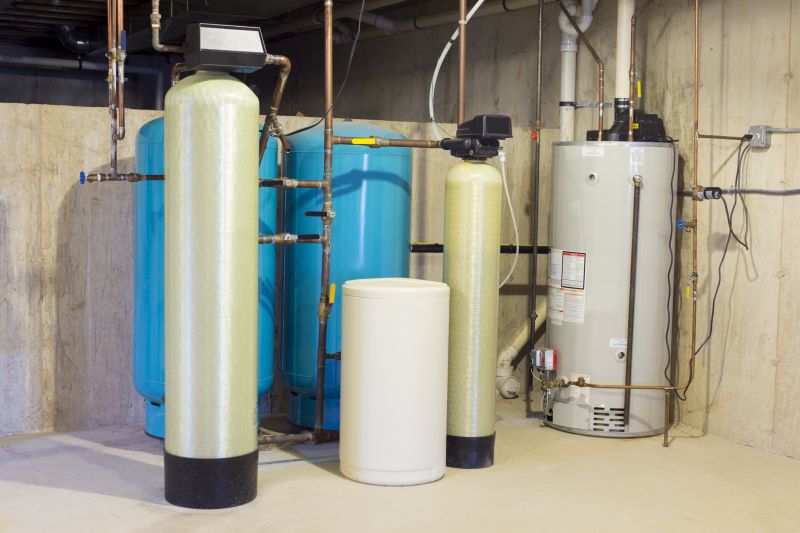
Ways to make Water Treatments work in tight or awkward layouts.
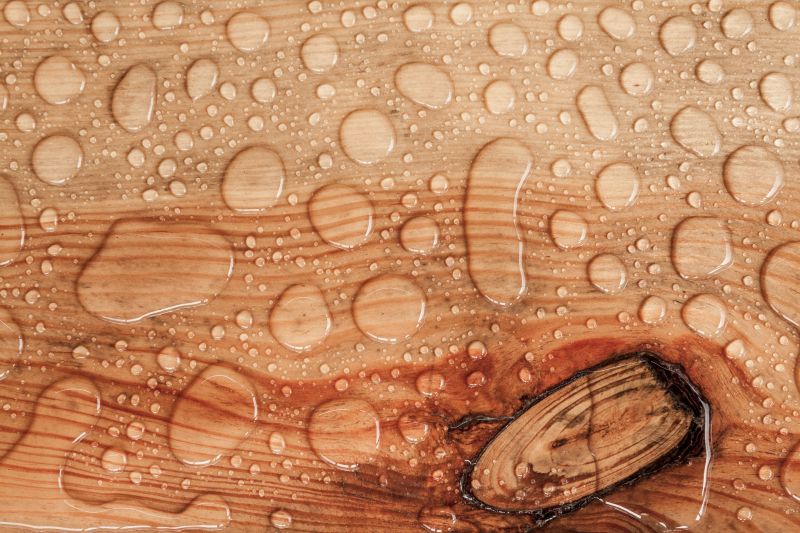
Popular materials for Water Treatments and why they hold up over time.
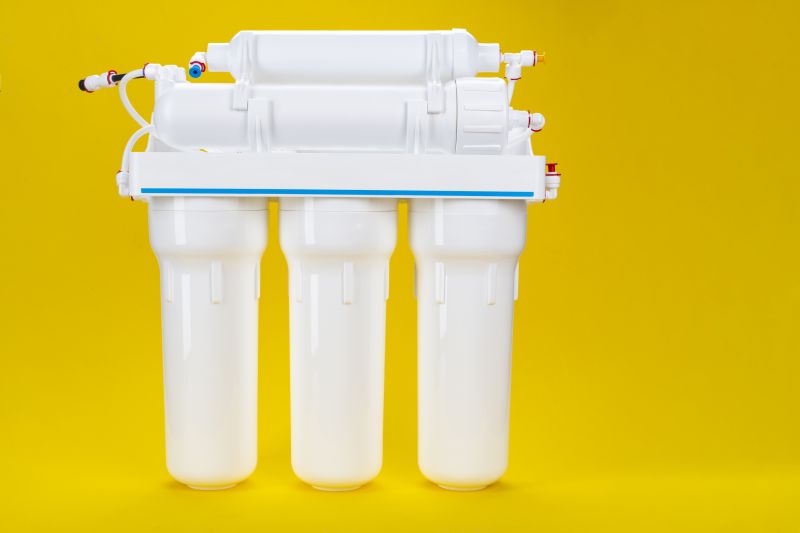
Simple add-ons that improve Water Treatments without blowing the budget.
| Factor | Optimal Timing |
|---|---|
| Season | Spring and early summer |
| Temperature | Moderate temperatures |
| Water demand | Periods of low usage |
| Maintenance schedule | Aligned with treatment cycles |
| Weather conditions | Avoid during heavy rainfall |
Water treatments involve the application of chemicals, filtration, and other processes designed to remove contaminants and improve water quality. These treatments are crucial in preventing health issues, reducing scaling and corrosion in plumbing systems, and maintaining compliance with water quality standards. Proper timing ensures maximum effectiveness and cost-efficiency, helping to sustain water system performance over time.

Overview of a modern water treatment plant.
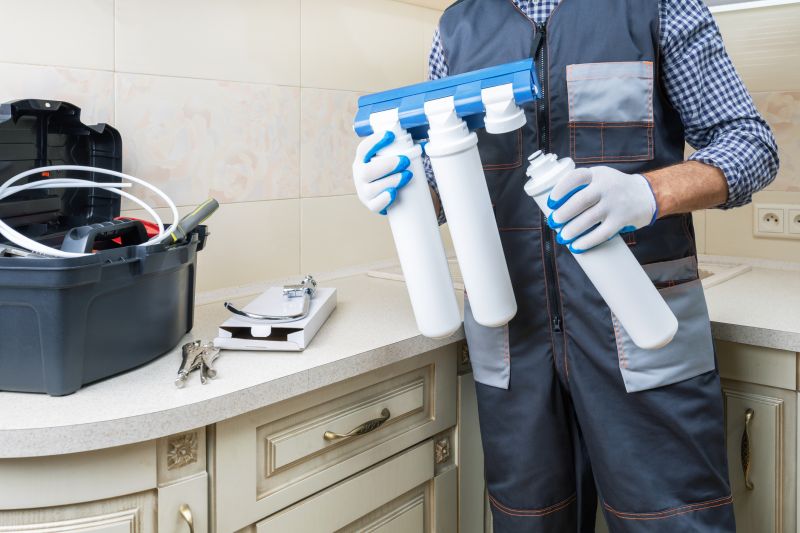
Image of chlorination or UV disinfection equipment.
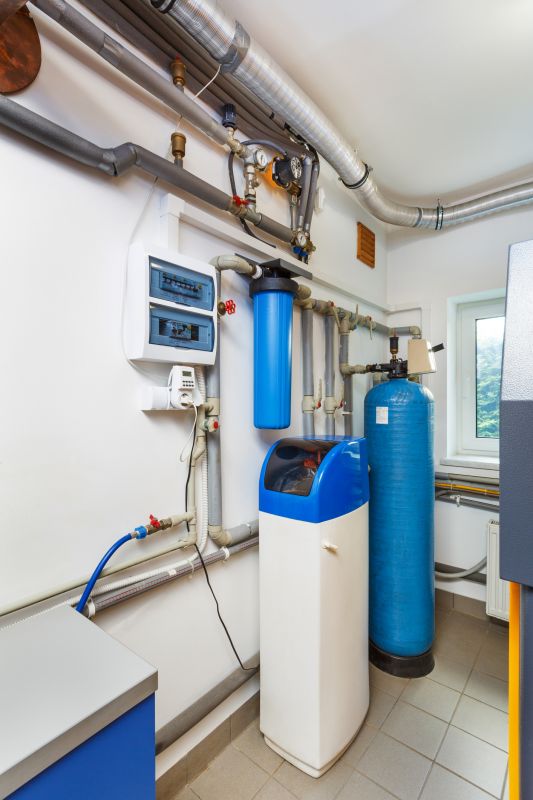
Storage tanks for water treatment chemicals.

Multi-stage filtration setup.
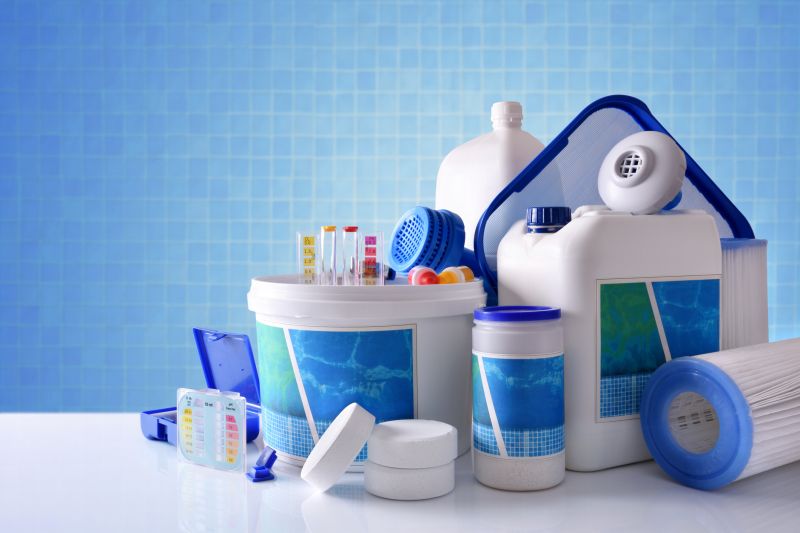
Finishes and colors that play nicely with Water Treatments.
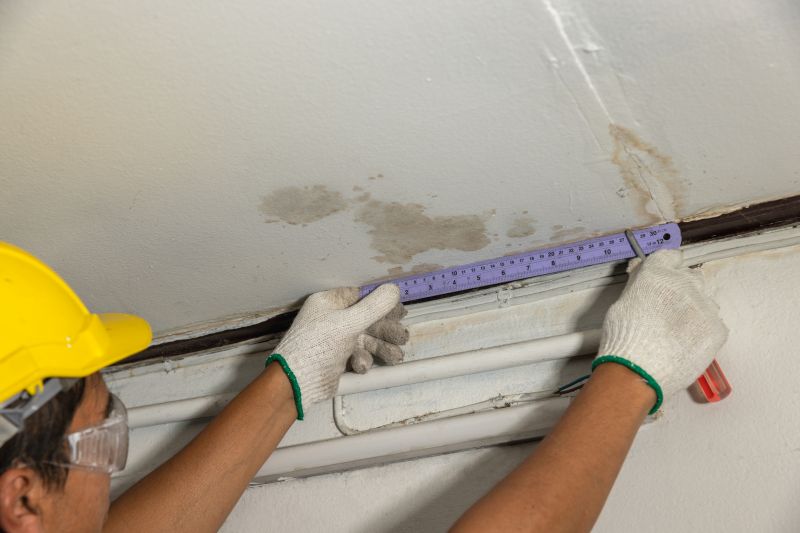
Little measurements that prevent headaches on Water Treatments day.

A 60-second routine that keeps Water Treatments looking new.

A frequent mistake in Water Treatments and how to dodge it.
Scheduling water treatments at appropriate times helps prevent issues such as microbial growth, sediment buildup, and chemical imbalances. Regular treatments contribute to consistent water quality, reduce maintenance costs, and extend the lifespan of water system components.
Interested in scheduling a water treatment? Fill out the contact form to get more information and assistance.

